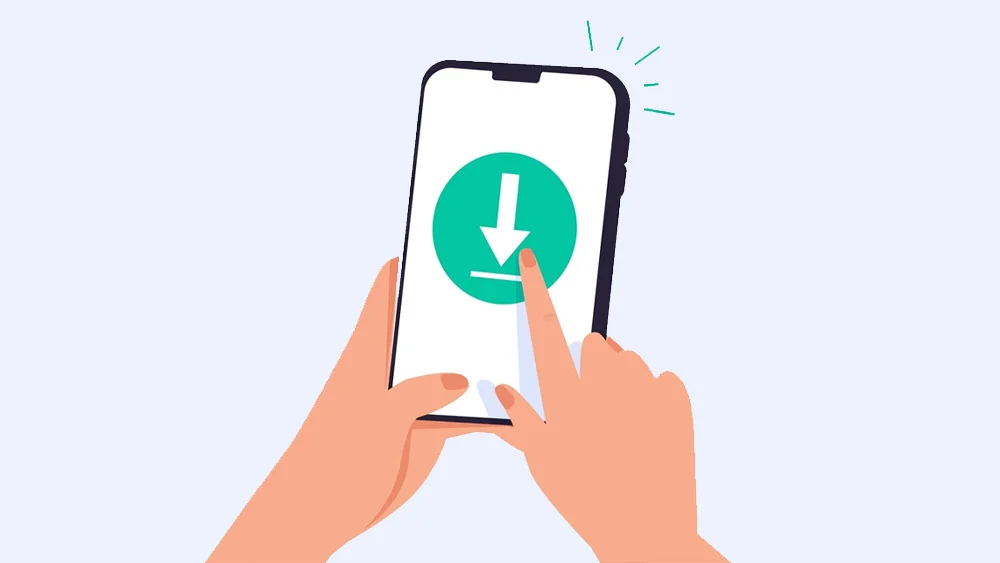You’re travelling to a new country, and you can already feel the warm sun on the beach, or see the cobbled streets of the city. But before you leave, there are many things to consider, including being sure you’ll be able to use your phone wherever you go.
Phones are essential abroad. If you’re lost, you can find directions to where you need to be with a few clicks. If you don’t understand what the locals are saying, you can simply translate the language with your phone. And of course, your phone is a camera – vital for capturing those treasured memories.
When traveling to a new country, your phone might not work quite the same as it does back home. This can be due to differences in cell frequencies, technologies used in mobile networks (like CDMA and GSM), or compatibility with local networks.
Your phone might fail to connect to local carriers. Or using your phone might result in exorbitant fees, depending on your plan’s roaming charges. And some apps might not be available in your destination due to regional restrictions. Here are the steps to take before your trip so your phone remains a reliable travel companion.
Get an eSIM
Contents
An eSIM offers a hassle-free way to stay connected. Unlike traditional SIM cards, eSIMs are digital and can be easily downloaded on your phone. An eSIM data plan gives you unlimited data at multiple destinations and means no roaming charges. It’s also convenient – you can purchase online before you travel, avoiding the need to find a local SIM card upon arrival.
Download Useful Apps Before Traveling

Various countries restrict the download of specific apps, so ensure you get important applications on your phone before leaving. Apps like WhatsApp and Telegram can help you reduce international calls and text charges by using Wi-Fi or your eSIM data.
Language translators like Google Translate or iTranslate can help with real-time conversations.
Local transport apps like Uber, Lyft, or city-specific services can make getting around easier.
Banking apps can help you monitor your accounts and manage transactions securely.
If you plan to relax with some entertainment, download streaming apps and download shows and movies in advance.
Bring the Right Adapter and Charger
Wall socket shapes can differ from place to place worldwide, so you must get a suitable adapter that fits your destination. You can also get a universal adapter that works no matter the region, such as the Epicka Universal Travel Adapter recommended by Wired. Also, do your research on the household voltage of your destination, as the values tend to change from place to place. This information helps you avoid short-circuiting your charger.
Consider a Portable Charger
Portable chargers, or power banks, can come in handy, especially with heavy phone use – which is likely if you’re often using navigation and translation apps, booking travel and events, and capturing memories. Even the best phone batteries can drain quickly. Portable chargers offer a convenient way to charge on the go. They can be particularly useful in remote areas, where there won’t always be power outlets to top up. Some portable chargers allow you to charge multiple devices like phones and tablets. Look for a charger with a good capacity – 10,000-20,000 mAh is usually enough to fully charge your phone 2-5 times. For longer trips, a high-capacity model of 30,000 mAh or more can keep multiple devices charged for days.
You might prioritise portability if you’ve got limited space in pockets or a backpack. Check reviews to see how durable the item is – better to buy something that can last more than one trip. Ensure the power bank is fully charged before your journey. Airlines usually allow chargers in carry-on luggage, in case you want to make sure your phone is topped up when you land.
Activate Offline Features

Even with the best preparations, there may be times when you’re without an internet connection. Activate offline features to stay prepared. These features can help make the most of your travel experience without relying on constant internet access.
Save language packs on Google Translate. This can help in conversations and to translate images of signs and menus.
Download music, podcasts, and books to enjoy during your downtime. Most platforms (Netflix, Amazon Prime Video, Spotify, etc) allow offline viewing/listening. If you play games on mobile, most apps have offline modes for a fun way to pass the time without needing a connection.
On a slightly less light-hearted note, it’s a good idea to take photos or download copies of your passport, visa, and ID cards in case of emergencies. If you lose the hard copy, at least you’ve got a backup. It’s worth the little time for peace of mind.
Download maps on Google or Apple Maps for the areas you might want to visit. Save the locations of your accommodation, popular attractions, and transport hubs to access them offline. You can use GPS, which works without an internet connection, to track your location on the map.
Protect Your Privacy
Using public Wi-Fi networks abroad can expose your data to hackers, so consider safeguarding your information by using a VPN, which encrypts your connection and protects sensitive data. You might disable automatic Wi-Fi connections to stop your phone connecting to unsecure networks. Before you travel, backup your data to ensure all important files, photos, and documents are safe on a cloud or a secure external drive.
Testing Before the Trip
So you can head to the airport with peace of mind, double-check everything is set up and working. Activate your eSIM, test downloaded apps to make sure they function as expected, charge your phone, and pack all necessary accessories like chargers and adapters. It can be helpful to make a quick handwritten list of essentials and tick them off as you check they’re packed.
Preparing Your Phone For Stress-Free Travel
Your trip should be as hassle-free as possible. You’ll probably have enough headaches understanding how things work in the country – you don’t want to pick up your phone and realize it doesn’t work. Following these tips, you can stay connected and use your phone, without the stress.
nandbox App Builder
Having your phone ready for usage overseas is critical for keeping connected when traveling. This method includes enabling international roaming, unlocking your phone for foreign SIM cards, and assuring mobile data connectivity. Businesses in the telecom and travel industries can utilize the nandbox App Builder to create mobile apps that make this process easier for users to complete. SIM card ordering, roaming plan subscriptions, real-time assistance, and use alert push notifications are among the capabilities available through these apps. Telecom operators may use nandbox to improve customer experience, reduce service questions, and ensure travelers have a hassle-free experience keeping connected globally.





